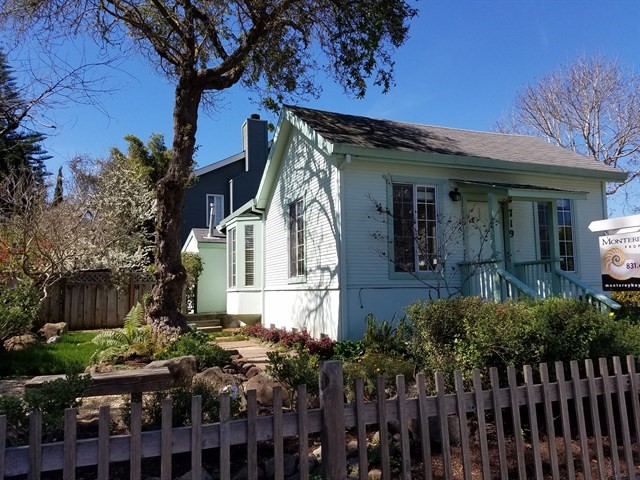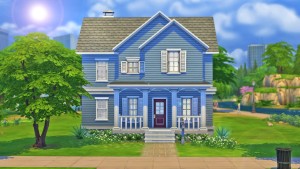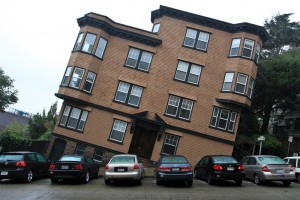
I am a realtor and a Santa Cruz rental property investor since 2000. There are many reasons to invest in Santa Cruz rental properties, some of which I have discussed in this article. Today I want to talk about what the pros and cons are in renting to UCSC students.
Here are the pros that I have experienced.
1. Vacancies are virtually non existent: There are almost $18,000 UCSC students and in any given year there is only room to house about 8,000 of them on campus. There are always many thousands of students looking for a place to rent, so the potential pool leaves no vacancies in your Santa Cruz investment rental properties.
2. Students pay more money: They frequently will pay more per bedroom and sleep 2-3 in a room just to have a place to stay. Here is a link to what students expect to pay from the UCSC community housing page. https://communityrentals.ucsc.edu/cost/index.html
3. The rent money is very secure: The students get financial aid and/or are supported by their parents. In 17 years and 4 rental properties as a Santa Cruz rental home investor I have only had a problem getting paid once.
4. UCSC makes the rental process very easy for a Santa Cruz rental investor: They give workshops to the students on what they need to do to look attractive to a Santa Cruz rental investor. They come to you with complete rental applications, credit reports, references, and certificates saying they understand what it takes to be a good renter. The university posts your rental for free so you have a large pool of possible renters.
5. Students replicate themselves making the rental process even easier: My experience has been when one student moves out they have another take their place making the process seamless for the Santa Cruz rental investor.
6. Santa Cruz students are often long term renter: If you get the students early, in their sophomore or junior year they often stay for 3-4 years or more. making the cost of turnover very low.
7. Santa Cruz students can vacate in the summer if you want a summer beach home that is rented for 9 or 10 months: If you are a Santa Cruz rental property investor who wants a place in the summer for yourself you can rent to students during the school year and keep it for yourself in the summers. Many students go home in the summers, and the ones who don't can always find a sublet from another student who is going home. It is a way to have a vacation home that more than pays for itself.
Cons of renting to UCSC students:
1. Insurance on the house can be tricky: Recently many insurance companies, including the one I have always used, State Farm have decided they do not want to insure homes that are filled to the brim with students in college towns. They see them as Frat houses and won't write new policies. You can get commercial insurance, which is more expensive than residential or find the rare insurer who will do it. I found that CIG insurance out of Monterrey was willing to write a residential policy at competitive prices.
2. Large homes can be a hot bed of petty emotional issues for the Santa Cruz rental property investor.: If you are the owner of a large home with 6-10 students they may turn to you when there is a spat between the tenants. It is a time and emotional drain. I put one person in charge and have that person deal with issues like who is going to clean the house, noise complaints, bullying, etc. They have the final say. It works pretty well.
3. Students are often unaware of what it takes to take care of a house: Students do not always understand what it takes to care of a home and things can be damaged by mistake, even without large parties or Frat behavior. The way to ameliorate this is to buy a house that does not have delicate finishes and educate the students on basic home maintenance. My tenants know they need to call me right away if something is wrong and not let a small problem get out of hand. I would rather be over called than under called, and they know it.
So as a long time owner of Santa Cruz rental property I can enthusiastically say that renting to Santa Cruz students is a good thing from an investor perspective and not something to be afraid of.
If you have any questions about becoming a Santa Cruz rental property investor please feel free to contact me.
Marcy Moyer
eXp Realty of California
650-619-9285
Specializing in Probate, Trust, and Investment Properties





